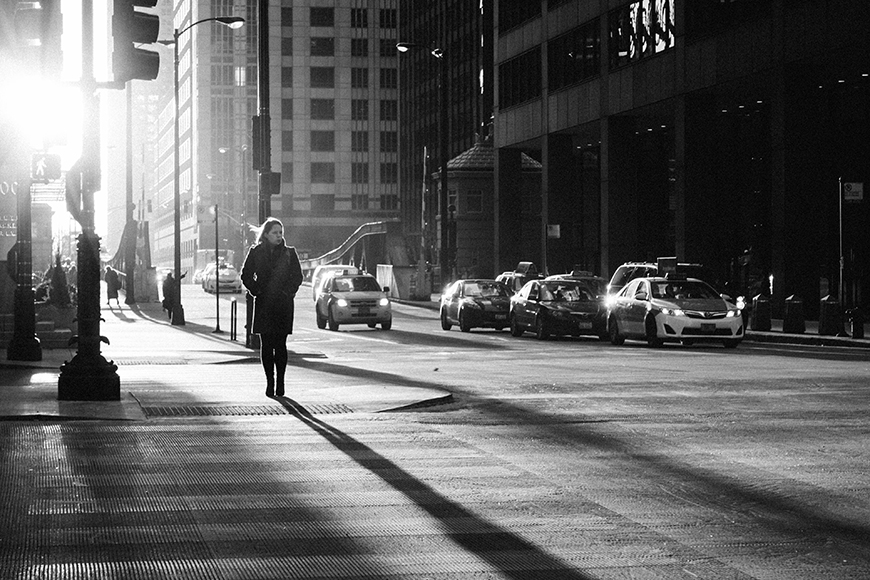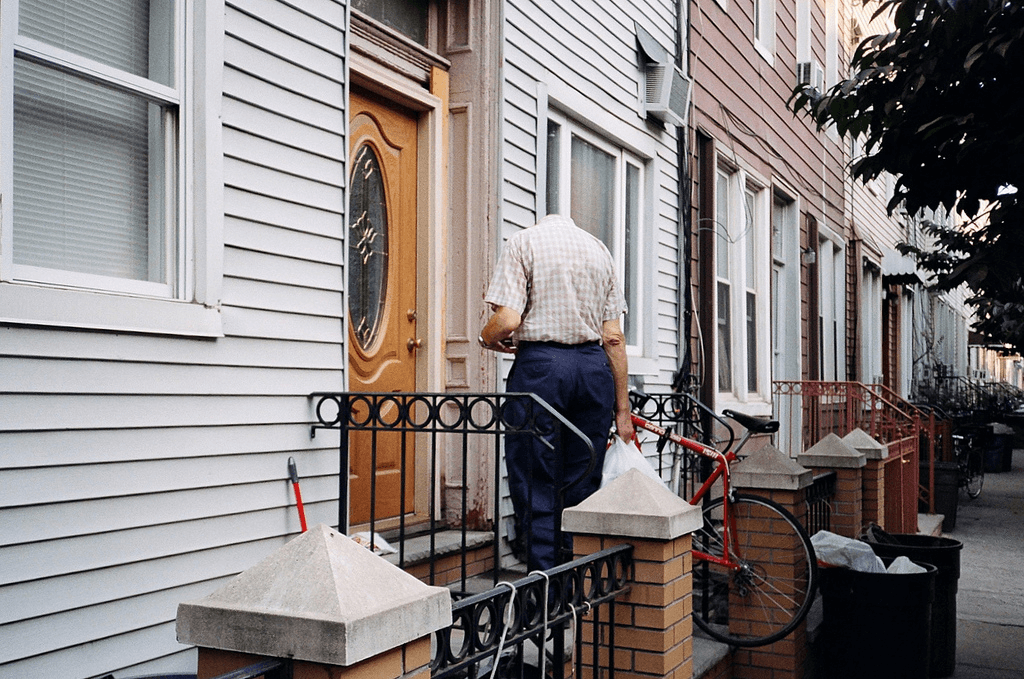Fascination About Street Photographers
Not known Details About Street Photographers
Table of ContentsFascination About Street PhotographersThe 10-Minute Rule for Street PhotographersSome Known Facts About Street Photographers.Facts About Street Photographers RevealedThings about Street Photographers
, a genre of digital photography that documents everyday life in a public area. The actual publicness of the setting enables the photographer to take honest images of complete strangers, frequently without their knowledge. Road professional photographers do not always have a social function in mind, but they favor to isolate and record moments which could otherwise go undetected.He was influenced by several of those that influenced the road professional photographers of the 1950s and '60s, he was not mainly interested in recording the spirit of the road. The impulse to visually document individuals in public started with 19th-century painters such as Edgar Degas, douard Manet, and Henri de Toulouse-Lautrec, who functioned side by side with photographers attempting to catch the significance of urban life.

Provided the fine quality of his photographs and the breadth of product, engineers and musicians usually acquired Atget's prints to make use of as referral for their very own work, though commercial interests were rarely his major inspiration. Instead, he was driven to photo every last residue of the Paris he liked.
Street Photographers Can Be Fun For Anyone
They disclose the city through his eyes. His job and fundamental understanding of digital photography as an art type served as ideas to generations of professional photographers that followed. The following generation of street digital photographers, though they likely did not describe themselves because of this, was introduced by the photojournalism of Hungarian-born professional photographer Andr Kertsz.
Unlike his peers, Brassa used a larger-format Voigtlnder electronic camera with a longer direct exposure time, forcing him to be extra calculated and thoughtful in his technique than he might have been if utilizing a Leica. (It is thought that he may not have actually been able to manage a Leica at that time, however he did, however, make use of one in the late 1950s to take colour photographs.) Brassa's pictures of the Paris underworld brightened by synthetic light were a discovery, and the collection of the series that he published, (1933 ), was a significant success.
Cartier-Bresson was a champ of the Leica camera and one of the very first digital photographers to maximize its capabilities. The Leica enabled the digital photographer to interact with the surroundings and to catch minutes as they took place - Street Photographers. Its reasonably small size likewise assisted the professional photographer discolor right into the history, which was Cartier-Bresson's recommended approach
The Buzz on Street Photographers
It is as a result of this basic understanding of the art of picture taking that he is commonly credited with rediscovering the medium around once more about a century given that its development. He took photographs for more than a half century and influenced generations of professional photographers to trust their eye and intuition in the minute.
These are the concerns I shall try to address: And then I'll leave you with my own interpretation of road photography. Yes, we do. Allow's begin with defining linked here what an interpretation is: According to it is: "The act of defining, or of making something definite, distinctive, or clear".
No, absolutely not. The term is both limiting and deceiving. Seems like a road photography should be pictures of a streets appropriate?! And all street photographers, besides a small number of outright newbies, will completely appreciate that a road is not the essential part to street digital photography, and really if it's a photo of a road with possibly a few monotonous individuals not Going Here doing anything of passion, that's not street digital photography that's a snapshot of a street.
He makes a legitimate point do not you think? While I agree with him I'm not sure "honest public digital photography" will catch on (although I do kind of like the term "honest digital photography") since "road digital photography" has been around for a long time, with lots of masters' names affixed to it, so I believe the term is right here to stay.
All about Street Photographers
Inside?! I hear you scream as you tremble your hand to the sky. Why not? You can fire at the coastline, at a festival, in an alley, in a park, in a piazza, in a coffee shop, at a gallery or art gallery, in a metro station, at an occasion, on a bridge, under a bridge ...

The 10-Minute Rule for Street Photographers
